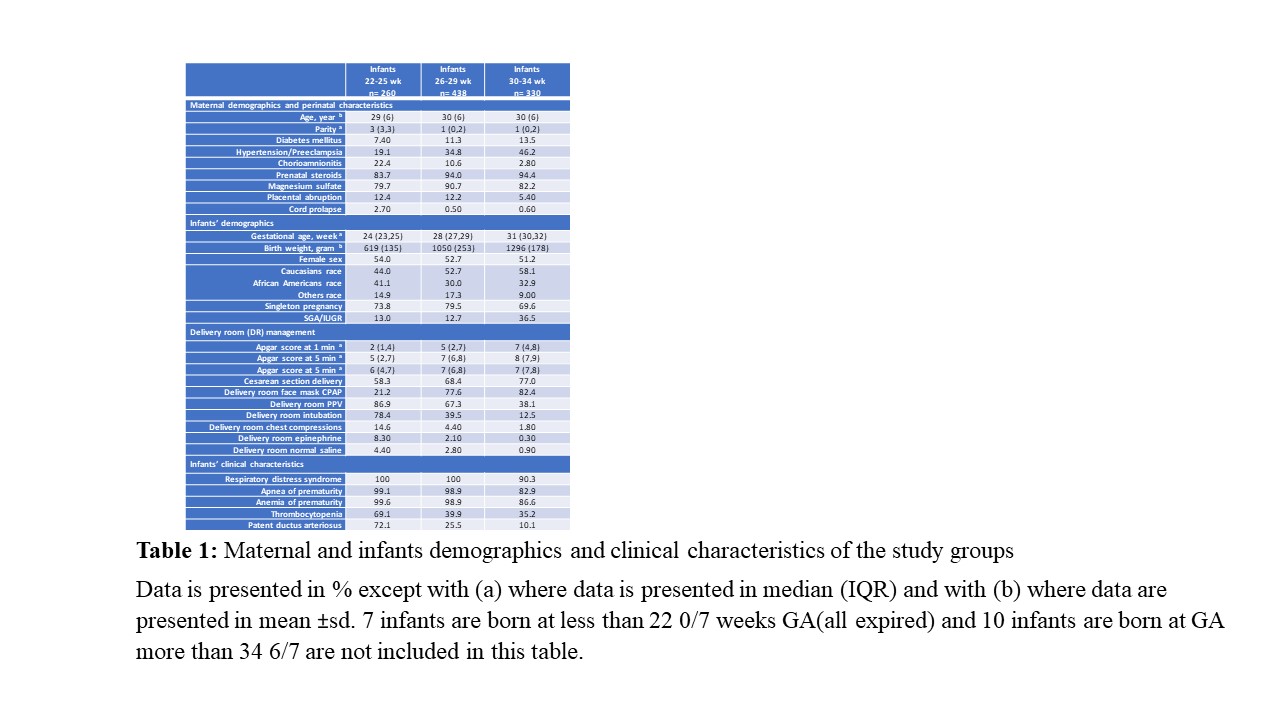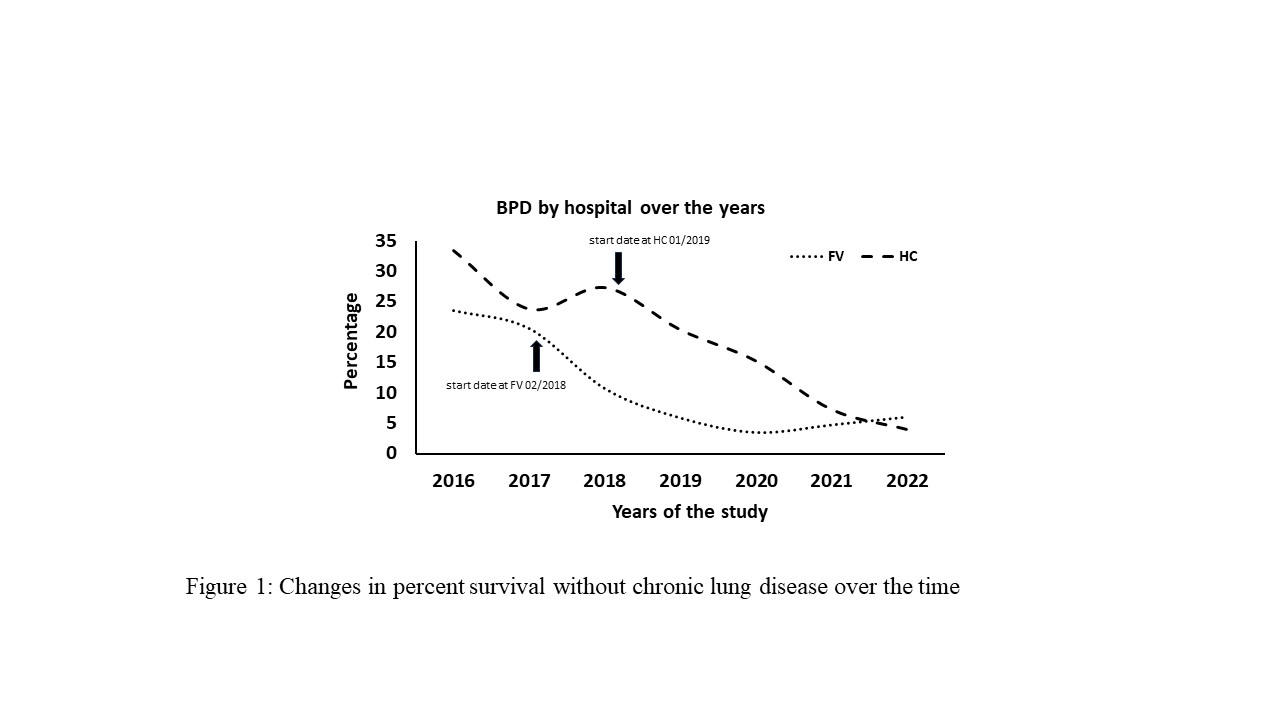Neonatology
Session: Neonatal-Perinatal Health Care Delivery: Practices and Procedures 1
450 - Reproducibility of bubble continuous positive airway pressure care bundle
Monday, May 6, 2024
9:30 AM - 11:30 AM ET
Poster Number: 450
Publication Number: 450.2847
Publication Number: 450.2847
.jpg)
Hany Aly, MD, MSHS
Division Chair
Cleveland Clinic Children's
Cleveland Clinic Children's Hospital
Cleveland, Ohio, United States
Presenting Author(s)
Background: Bronchopulmonary dysplasia (BPD) continues to cause significant morbidity and mortality in preterm infants. We have previously shown that bubble continuous positive airway pressure (bCPAP) can be newly implemented and is associated with lower incidence of BPD. Inconsistent reports on CPAP efficacy are possibly attributed to unfamiliarity, inexperience, and requirement of bedside training. The concept of bCPAP care bundle which includes hands on training, bedside skills, device related guidelines, competent checklist, and supportive care are all essential for generation of successful BPD outcomes.
Objective: The objective of this study is to examine the reproducibility of bubble CPAP intervention program in improving survival and reducing BPD in very low birth weight (VLBW) infants.
Design/Methods: This retrospective study included all VLBW infants < 1500 g from 2016-2022 admitted at two Cleveland Clinic neonatal intensive care units (NICU). Electronic medical records were used to collect demographic and clinical characteristics of infant and their mothers. Outcomes were stratified by weeks of gestation at birth. Mantel-Haenszel, Chi-square, and Fisher exact tests was used to calculate prevalence of mortality, t-test was used to compare differences in means for continuous variables including days of intubation, bubble CPAP/ NIPPV, and oxygen therapy. Wilcoxon’s rank sum test was used to compare non-parametric variables. Logistic regression analyses were used to compare outcomes while controlling for confounding variables.
Results: A total of 1045 infants were included in the study, of which 103 (9.8%) expired and 125 (12%) were transferred out prior to 36 weeks post menstrual age (PMA). Changes in prevalence of BPD is depicted in the figure. The overall survival without BPD changed improved from 56.1% to 82.2%. Survival without BPD among infants 22-25 weeks changed improved from 14.3% to 46.1%. A significant change in overall incidence of BPD over the course of 7 years was noted from 33% to 4% in one NICU and from 24% to 6% in the second NICU.
Conclusion(s): bCPAP care bundle is reproducible when adequate training is provided. Extensive education, training, care related guidelines and competency checklists are essential components of the care bundle associated with favorable BPD outcomes.


